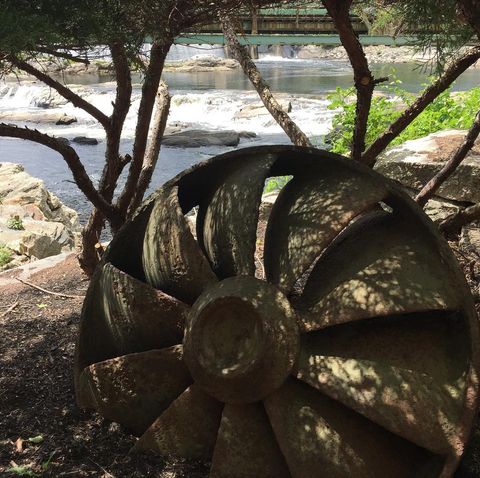
Unexpected (“Rogue”) events are to be seen in our rugged and dancing landscape. These are big things that occur in an organization or community. They often serve as the base for the powerful narratives that are to be found in all social systems. These are narratives about heroic actions, foolish or even disastrous decisions, or a moment of courage or honesty. These are frequently repeated stories about a critical and unanticipated decision made at the crossroads in the life of the organization or community. The success of an underdog (person or department) is often conveyed.
Nasim Taleb (2010) uses the term Black Swan when describing those remarkable and powerful events that have caught our world by surprise. We all know that swans are white—but what happens when a black swan is discovered? Similarly, how could we have predicted the Arab Spring, the election of an African American as president, or rapid expansion in the global use and influence of the Internet. As Taleb has noted, rogue events are not only unanticipated—these events are also often governed by power laws (exponential increases) that move the rogue event quickly from small to large. Within organizations and communities, small variations in the dominant pattern of the system can lead to major changes in certain, unanticipated ways. These are the rogue events and the emergence of a whole flock of Black Swans. As Taleb has noted, the rogue event is often preceded by periods of great stability (strongly entrenched patterns). This is what makes the rogue event so surprising and is often the reason why this event has such a powerful impact.
We secure Stability (the first aspect of Serenity) by dismissing or ignoring the black swans. An island of safety and stability awaits us when we pull ourself away from our stormy 21st Century world. Our island can be surrounded by a large body of water. We vigilantly protect ourself from the outside world. Our island might instead be surrounded by small stretch of water and perhaps a sand bar that can be crossed at low tide. We sometime let in the outside world. It is essential we spend time considering how isolated we wish to be and for how long a period of time.
An island that remains closed to the mainland can serve as a Buffer against an unanticipated rogue event. In an organizational setting, this buffer might be a financial reserve or a human resource reserve. The latter reserve can be created by the cross-training of employees to step into functions other than their own if emergency action is required. The buffer might instead involve diversification of an organization’s offerings. As in the case of a healthy ecosystem, diversity of products and services in an organization enables it to better survive changes in its “environment.” Similarly, a community is more “adaptive” if it’s population is diverse (in terms of ethnic identity, race, socio-economic position, age, and gender identification)—despite the declarations made by advocates of “homogeny”.
While buffers make sense as a way to secure stability, they also require an expenditure of surplus money and time—which isn’t always available in organizations or communities (especially when VUCA-Plus is prevalent). Buffers also can become an excuse for “hanging in” with the old way of doing things. Agility usually requires that leaders of an organization recognize the real consequences of remaining unchanged—even though it is tempting to delay execution of a new initiative when a buffer is available. As system dynamics specialists (e.g. Meadows, 2008) have repeatedly demonstrated, delays can dramatically change the outcomes of a new initiative if and when it is finally enacted.
There is a more constructive way in which we can find Stability in the midst of volatility. We can offer Organizational Leverage. We set up a small stabilizing event or process in our organization or community to offset the volatility–much as we find with Buckminster Fuller’s “trim tab.” Fuller’s trim tab is a small metal plate on the rudder of a ship that is set against the current direction of the ship—thus providing hydrodynamic stability for the boat. We set up a stabilizing trim tab in an organization as a countermeasure against newly emerging volatility and instability.
Download Article 1K Club
















